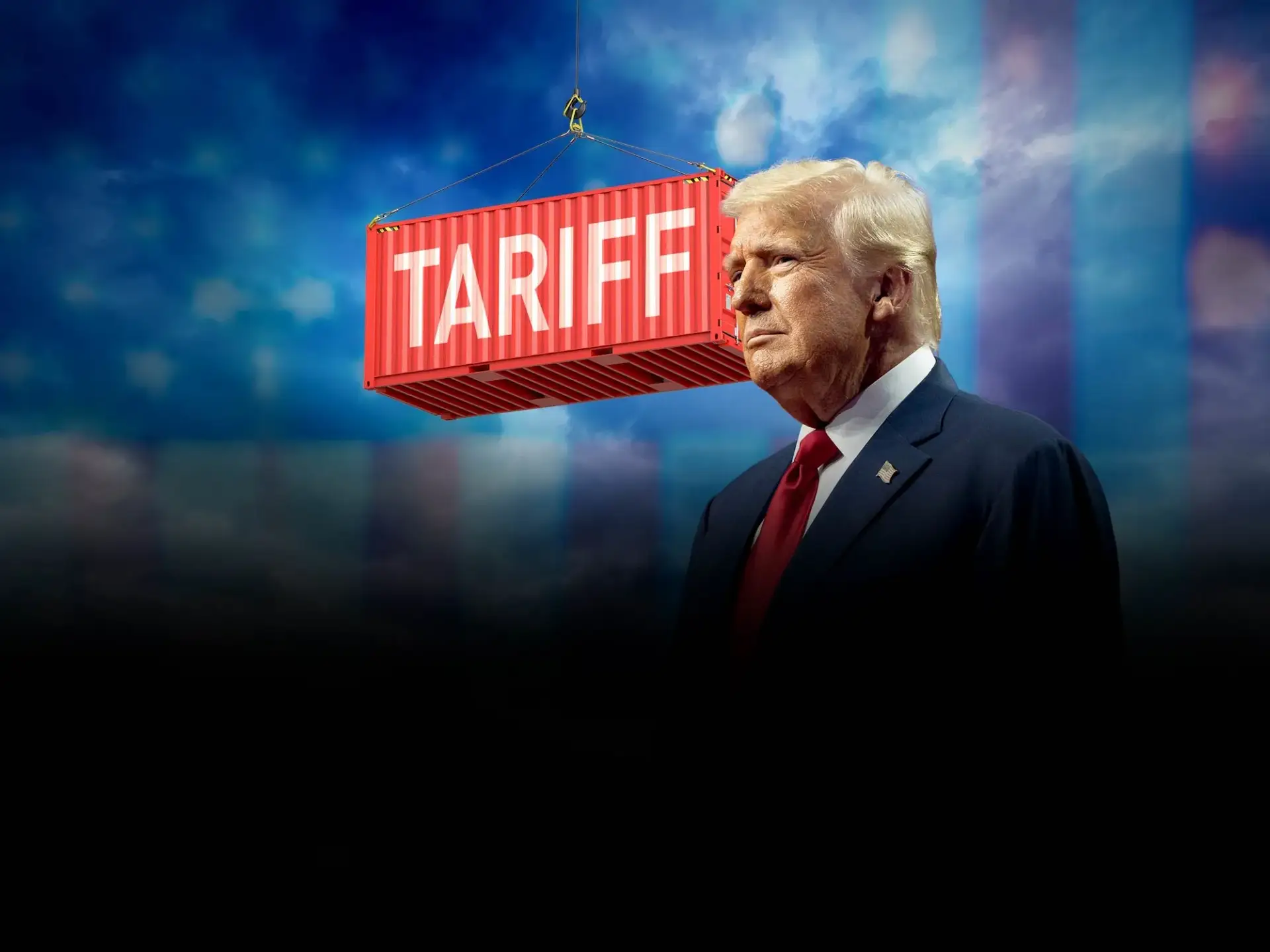FEA clarifies implementation timeline for new U.S. tariffs on Canadian softwood lumber
Timber Market News, May 6, 2025
againstU.S. Department of Commerce (DOC)In response to questions about the timeline for the final determination of new tariffs on Canadian softwood lumber and the corresponding increase in the margin rate, Paul Jannke, lead lumber analyst at FEA, provided the following clarification:
Core changes:Canada’s lumber tariff rate is expected to jump to about 34.51 TP3T from the current 14.41 TP3T. A final decision is expected in early to mid-August, but the tariff increase could take effect as early as July 3.
LumberFlow Expert Interpretation
Direct impact on Chinese importers:
- The restructuring of North American supply chain will accelerate: Canada's export to the United States is blocked, which may cause more SPF/Douglas fir resources to turn to the Chinese market. It is expected that the volume of SPF/Douglas fir arriving at China will increase by 15-20% in the third quarter of 2025.
- Time window risk: July 3 to August 15 is the critical period. It is recommended that Chinese buyers complete the third quarter order lock-in before the end of June.





